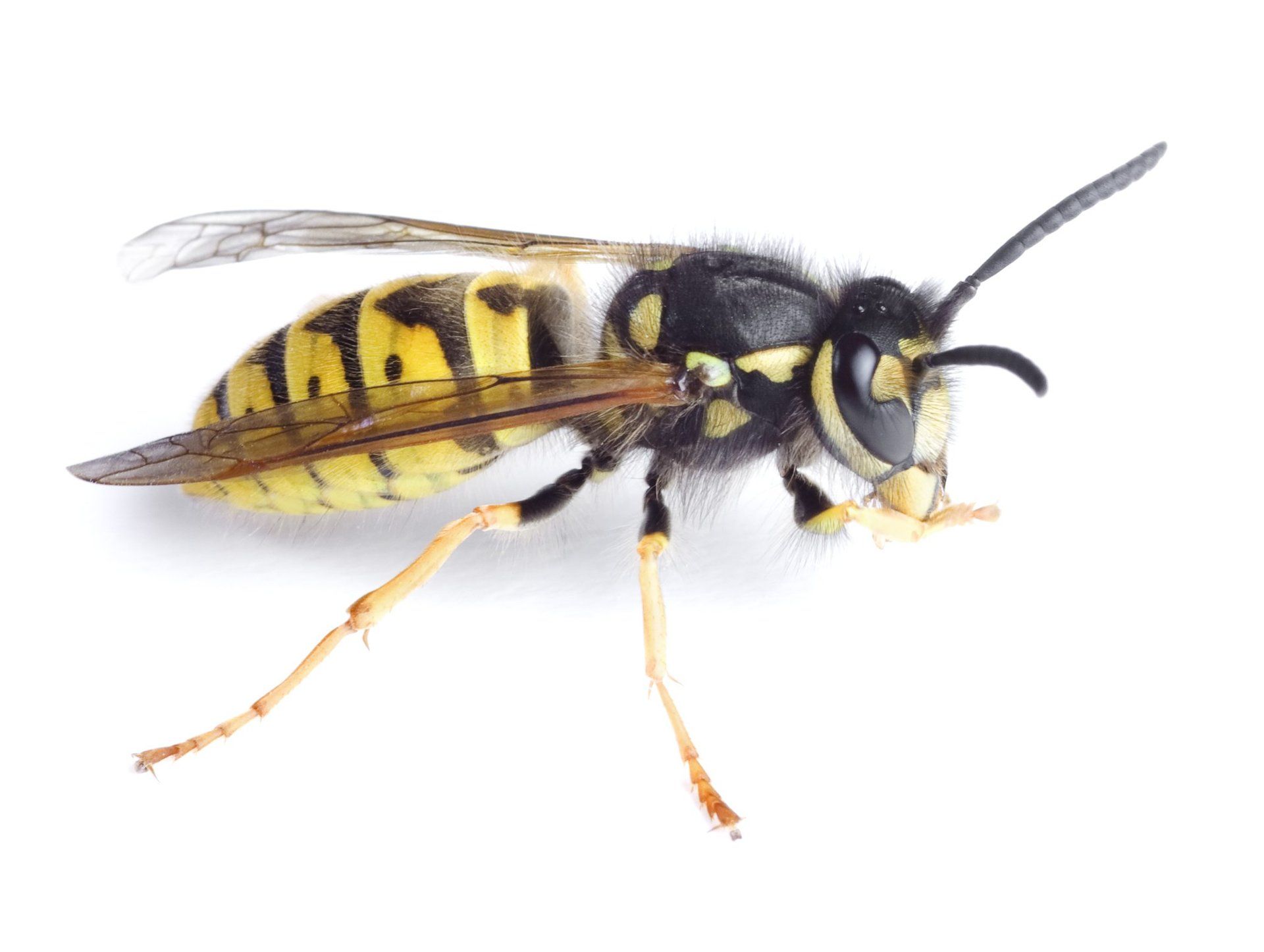Common Wasp
Common Wasp
Scientific name - Vespula vulgaris
Habitat
Wasps form nests in soil banks, roof spaces, wall cavitiies, and trees. Nests are made from paper (Chewed wood) and may become very large.In the UK colonies only survive for one season and new ones are started each spring by an over wintered queen. wasps forage for a wide varity of foods including insects, spiders and sweet substances. wasps become aggressive when threatened.
Biology
Wasps have a complete life cycle Egg - Lava - Pupa - adult. The queen lays many eggs in hexagobal cells within the nest. Larvea are legless grubs within the cells and are fed by the workers development 4 weeks. Pupea develope in approximately 2 weeka. Adults workers are winged 10-20mm long with their distinctive yelloq and black markings future queens are similar only larger
Importance
Yes
Control
In many cases the real or potential risk of stings and the annoyance caused by wapss results in many requests for nest destruction. Where nests are located well away from buildings or sensitive areas it must be questioned whether automatic destruction of the nest is necessary. wasps help control many garden pests

